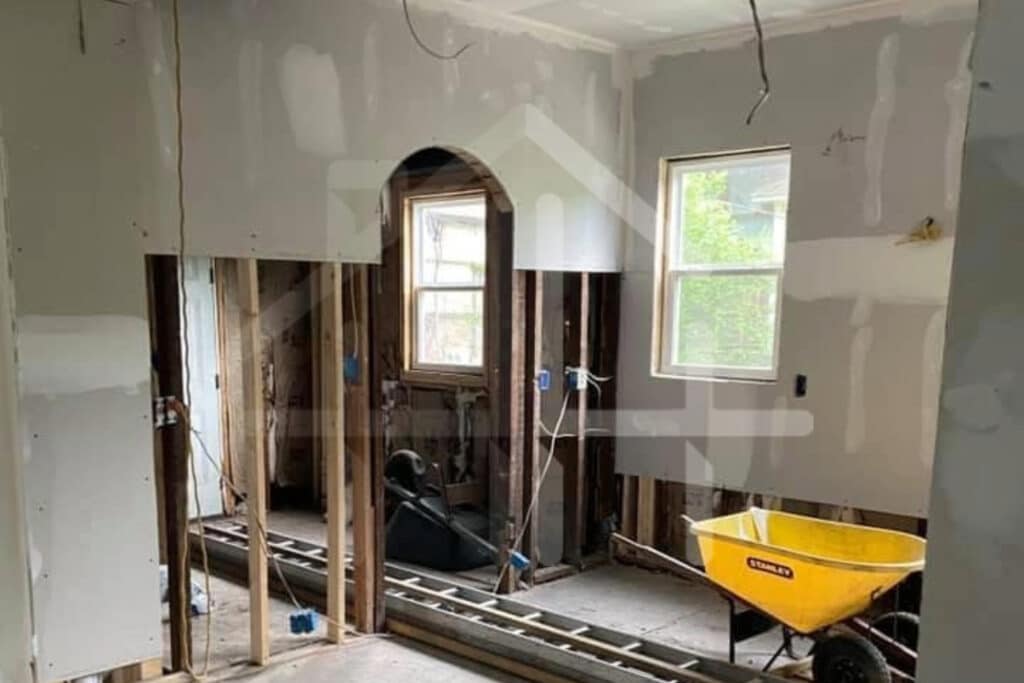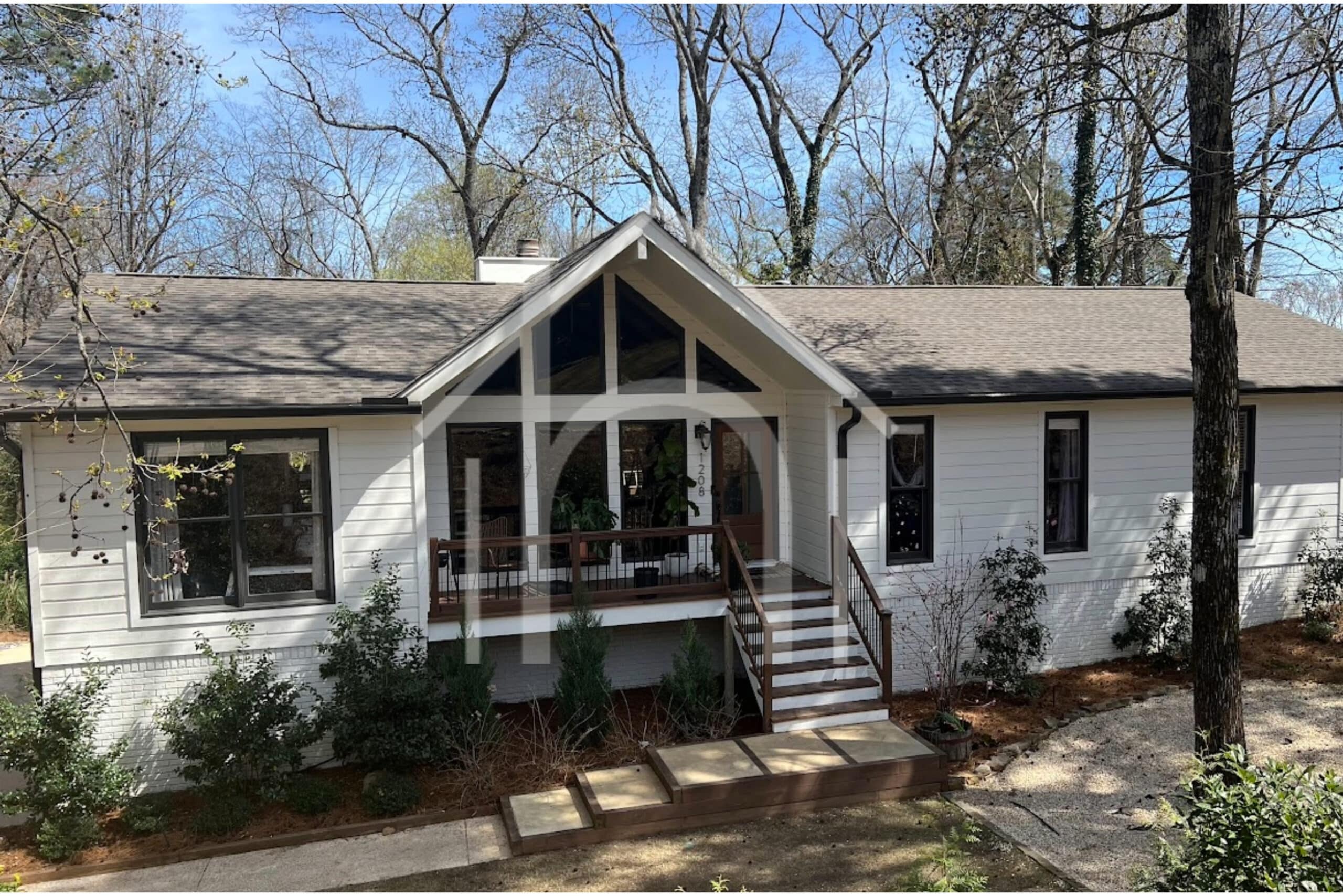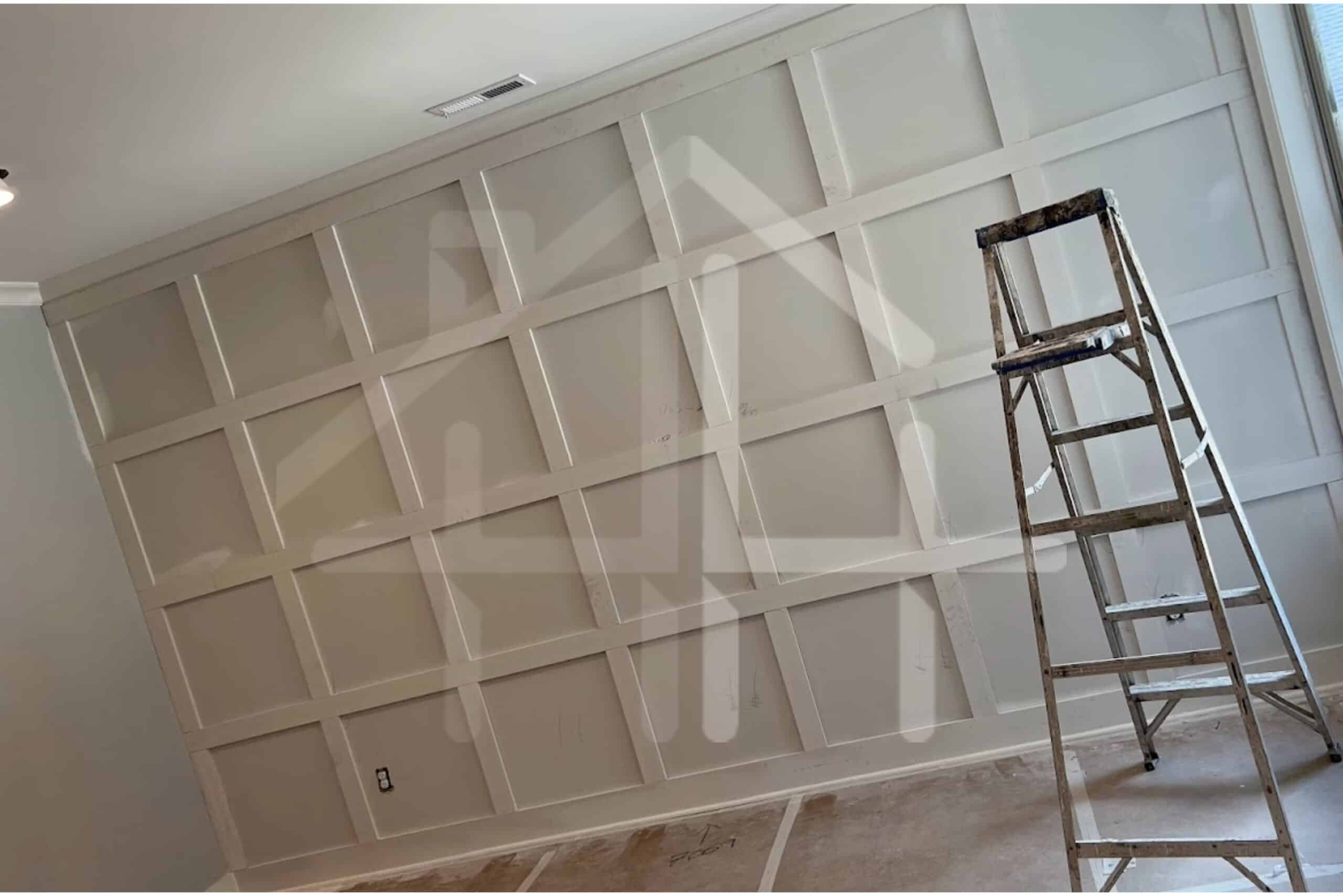Home renovations are a significant investment for homeowners and property owners, and the return on investment (ROI) can vary based on factors like local market conditions and the quality of work performed. While bigger renovations don’t always translate to better ROI, certain projects such as electric HVAC conversions, garage door replacements, and steel entry door replacements tend to have higher average returns.
Homeowners should consider the tastes of prospective buyers when deciding which home renovations to pursue, while rental property owners can recoup costs through increased property values and higher rental rates for updated homes. From bathroom remodels and kitchen renovations to new roofing, home additions, and interior or exterior renovations, strategic planning is key to maximizing the ROI of home remodeling projects.
Kitchen Updates
Minor kitchen remodels offer one of the highest returns on investment (ROI) for home renovations, recouping around 85.7% of the cost on average. A cost-effective update involves replacing cabinet fronts, drawer fronts, and hardware, which can yield around 70% ROI. Increasing counter space for prep work is also valuable to homebuyers and can improve a kitchen’s resale value.
Other smart investments include:
- Installing a skylight to make the kitchen feel more open and airy, potentially adding $5,000-$6,000 in value.
- Replacing dated flooring with tile or hardwood, which can provide up to 80% ROI.
However, some renovations may not pay off as well:
- Expensive countertop materials like marble or granite may not hold their value.
- Overly personalized design choices that don’t appeal to a wide range of buyers can negatively impact ROI.
- Luxury items like high-end appliances uncommon in the local market may not provide a good return.
Using a renovation calculator can help determine which improvements will yield the maximum ROI and improve the marketability of the home.
Bathroom Updates
Bathroom renovations can significantly increase a home‘s resale value and appeal to potential buyers. According to Remodeling Magazine’s Cost vs. Value report, midrange bathroom remodels have an average return on investment (ROI) of around 70%. Some cost-effective updates include:
- Replacing outdated fixtures like toilets, sinks, and faucets with modern, water-efficient models. This can yield an ROI of up to 67%.
- Updating lighting fixtures and adding task lighting, which can improve the overall ambiance and functionality of the space.
- Swapping out old tile or vinyl flooring with new, moisture-resistant options like ceramic tile or luxury vinyl plank (LVP).
High-Impact Bathroom Renovations
For a more significant investment, consider these high-impact renovations:
| Renovation | Average Cost | Average ROI |
|---|---|---|
| Bathroom Addition | $49,598 | 60.6% |
| Bathroom Remodel | $21,377 | 70.1% |
| Universal Design Bathroom | $16,393 | 70.6% |
While a full bathroom remodel or addition can be costly, it can significantly increase a home’s value and marketability, especially if the home previously had only one bathroom. Incorporating universal design elements, such as walk-in showers and grab bars, can also appeal to aging homebuyers or those with mobility concerns.
Siding Updates
Siding replacement is a common home improvement project, with two main siding materials compared: fiber-cement and vinyl.
Costs and Returns
| Siding Material | National Average Job Cost | National Average Resale Value | National Average Cost Recouped |
|---|---|---|---|
| Fiber-Cement | $22,093 | $15,090 | 68.3% |
| Vinyl | $18,662 | $12,541 | 67.2% |
While siding replacement projects tend to recoup a significant portion of their costs at resale, they do not provide as high a return as some other home improvement projects like garage door replacement (93.3% cost recouped) or manufactured stone veneer (91.4% cost recouped). The cost recouped for siding replacement is in the 60-70% range, indicating it is a moderately valuable home improvement in terms of resale value.
Entry Door Replacement
Cost and ROI
Replacing a front door can cost anywhere from $500 to $5,000, depending on factors like material, size, installation, and design. According to the 2021 Cost vs. Value Report, the national average cost recouped for a steel entry door replacement is 65%, while for a fiberglass front door replacement with two sidelites, the national average cost recouped is 60.9%. In San Antonio, the cost recouped for a steel entry door is 70.7%, and for a fiberglass entry door and sidelite installation, it is 46.7%.
Benefits of Entry Door Replacement
The ROI of a front door replacement comes from improved home security, savings on future maintenance costs, and increased aesthetic and resale value. When choosing a replacement door, the material is an important factor that affects durability, maintenance, and appearance – all of which impact the ROI.
Door Material Options
Here’s a breakdown of different door material options and their average costs and ROIs:
| Door Material | Average Cost Range | Average ROI |
|---|---|---|
| Steel | $500 – $1,250 | 65% |
| Fiberglass | $250 – $2,000 | 61% |
| Wood | $150 – $5,000 | 55% |
Steel doors typically provide the best value and ROI for homeowners, offering benefits like better security, aesthetics, protection, and energy efficiency. Fiberglass doors have a slightly lower ROI than steel but are still a good investment, offering durability, low maintenance, and energy efficiency.
Home Renovations FAQ
What home improvements offer the greatest return on investment?
Home improvements that typically offer the highest return on investment (ROI) include converting to electric HVAC systems, replacing garage doors, adding manufactured stone veneers, and installing steel entry doors. These projects are particularly valuable when they address a design or structural issue in the home.
Which renovation projects yield the best ROI?
The renovation projects in the U.S. that are known for the best ROI include the electrification of HVAC systems, garage door replacements, the addition of stone veneer siding, steel entry door replacements, and the replacement of vinyl and fiber-cement siding.
What does the 30% renovation rule involve?
The 30% rule in renovation suggests setting aside an additional 20 to 30 percent of your project’s total budget to cover unexpected expenses. This is because renovations often exceed the initial time and cost estimates.
Which home renovations increase property value the most?
Renovations that significantly increase property value include upgrading bathrooms, remodeling underutilized spaces like attics or basements, adding decks, enhancing the home’s exterior (curb appeal), improving energy efficiency, and adding swimming pools or luxury upgrades. However, while garage conversions can increase living space, they might not appeal to buyers who prefer a garage.
References
[1] – https://www.investopedia.com/articles/mortgages-real-estate/08/add-value-to-real-estate.asp
[2] – https://www.bankrate.com/homeownership/home-renovations-that-return-the-most-at-resale/
[3] – https://www.realtor.com/advice/home-improvement/kitchen-improvement-projects-that-offer-best-and-worst-return-on-investment/
[4] – https://www.remodeling.hw.net/cost-vs-value/2022/
[5] – https://www.southwestexteriors.com/blog/roi-front-door-replacement-ways-your-investment-pays-off/
[6] – https://dsadoors.com/is-a-new-front-door-a-good-investment/
[7] – https://modernize.com/homeowner-resources/doors/door-replacement-roi
[8] – https://www.uswindow-door.com/blog/door-replacement-ideas-to-get-the-most-roi-from-your-home



